Amazing Animals #12 The Greater Bird of Paradise
With its elaborate colourful plumage and appearance of a phoenix you might see in films such as Harry Potter, The Greater Bird of Paradise (Paradisaea apoda) certainly should feature within the Amazing Animal series. Let’s find out about it…

What do they look like?
The Greater Bird of Paradise is the largest member within its family group Paradisaea, the males are up to 43cm in length that does not include the tail wires with the females measuring up to 35cm. The males have yellow heads, a brown back, underside and wings (Lesser Birds of Paradise has a yellow back), an iridescent green throat, central wire-like tail feathers and lastly it has yellow thread-like flank feathers. Whereas the females are shades of brown all over her body making the males sexually dimorphic which is:
Sexual dimorphism is the condition where the two sexes of the same species exhibit different characteristics beyond the differences in their sexual organs. The condition occurs in many animals and some plants.
They live up to 5-8 years within the wild whereas in captivity the birds can live up to 30 years old.
where are they from?
Found in the lowland and hill forests of Southwest New Guinea and the Aru Islands in Indonesia, in 1909-1912, Sir William Ingram introduced a small population of this species to the Little Tobago Island of the West Indies which was an attempt to save this species from extinction as they were massively hunted for their plumage. This population was known to of survived until 1958 where they are now thought to be extinct from this Island. Although classified by the IUCN of Least Concern their population is decreasing but not drastically enough for them to be reclassified at this stage. They are however listed on the Appendix II of CITES that controls the trade of specimens to avoid putting pressure on an already decreasing population.
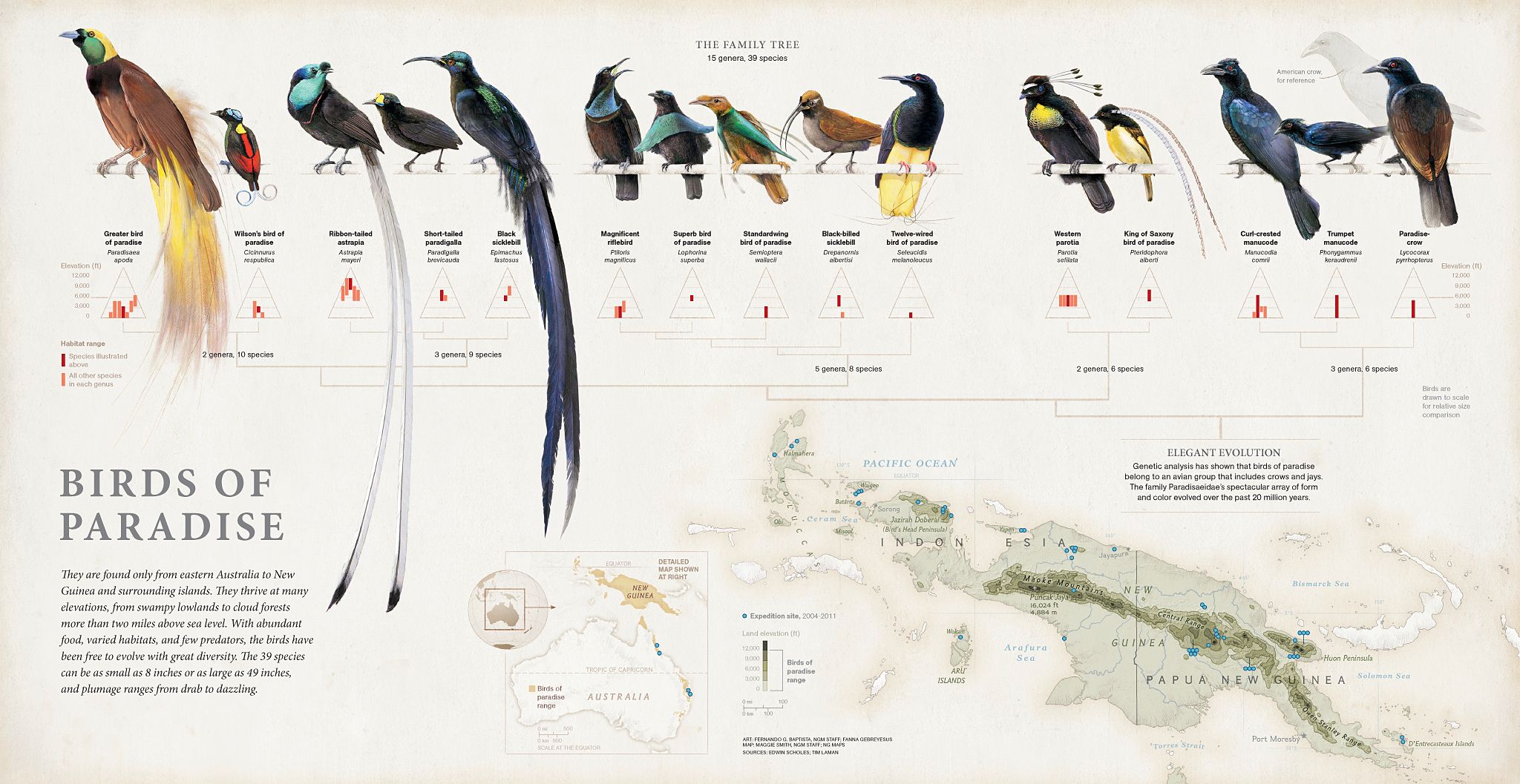
Where do they get their name from?
These incredible birds were named by the one and only Carl Linnaeus as the “legless Bird of Paradise”. This was due to the natives preparing their trade skins for Europe without feet, this resulted in the thought that these stunning birds were visitors from paradise and kept up by their plumes, only touching the earth at the time of their death.Carl Linnaeus is famously known for creating a system called Taxonomy that identifies, names and classifies organisms (plants, animals, bacteria and fungi) that is still in use today.
Courtship
The Greater Bird of Paradise is a polygamous animal which means that one male will breed with multiple females. The males will pick a tree with up to 15 perches called a Lek and engage in a competitive display with other males to attract females. He will hold his wings in front of his body, throw his flank plumage over his back, hop up and down along the perch, raising and lowing his bill; then he will raise the plumage over his back and move to the lowest point of the perch and hang off it facing downwards with all his plumes out. He will then lower his body along the perch extending his wings hopping and calling, he will continue to do this through March to May and then from August to December.
The female of the species will build and sit on the nest alone, where she will lay up to 7 seven eggs in a clutch. The chicks will hatch at around 20 days and are born without feathers and are unable to stand, they will fledge the nest at around a month old and take up an independent life.
As these birds are quite elusive their social structure is unknown other than that they are found to be a solitary bird.
What else do we know about this bird?
- It is not difficult to observe a male’s courtship display as they return to the same trees every year. It is thought that some of them use the same trees through many generations
- There are actually 39 different species of Bird of Paradise that include birds that are the same size as starlings and crows that come in various colourful plumage.
- It is thought that in the Sixteenth century the Europeans that names this bird had never seen a creature as beautiful in the wild. Therefore, they believed that this bird had flown straight from the Gardens of God to Earth and that’s why they named it the Greater Bird of Paradise or the Bird of Gods.
- Some Birds of Paradise actually have feather plumage that shimmers in different light.
- The Tribal people of New Guinea used the Bird of Paradise feathers for their headdresses and other ornaments. They also used to trade the feathers with Europeans who then used them for decoration. Today, few birds die for such costumes yet feathers are passed down from generation to generation. The local people are permitted to hunt these birds for traditional uses. They will hunt the older males that are in full plumage and leave the younger males so that the species can continue to breed and grow.
In 2015, Sir David Attenborough attempted to film with a Greater Bird of Paradise yet it didn’t go to plan… I also think If I was this bird with this incredible man, I would do the same!
Final Thoughts
This incredible bird is absolutely stunning to look at and also has one of the most beautiful songs I have heard from a bird species. They are so mythical looking it’s incredible to think that in parts of the world this bird is dancing its way for more females. Although right now they are not classified higher than Least Concern, at some stage in the future it is likely they will feature in the Endangered Species section. Hopefully with more observations and research we may find out more about this amazing species of bird that currently are so elusive we know very little.
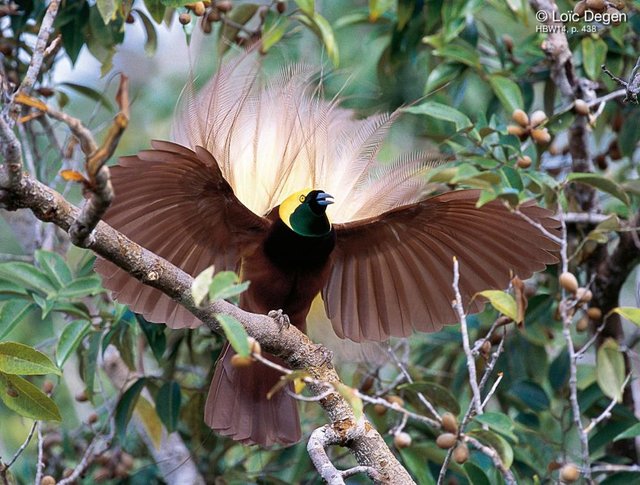

If you enjoyed this edition of Amazing Animals you may be interested in some of my previous posts:
The Reindeer
The Three-Toed Sloth
The Hippopotamus
The Platypus
The Wandering Albatross
The Lobster
The Polar Bear
Any many more…
Content Sources
Animalia, Australian Museum, IUCN, A-Z Animals, Nature and Science, Beauty of Birds

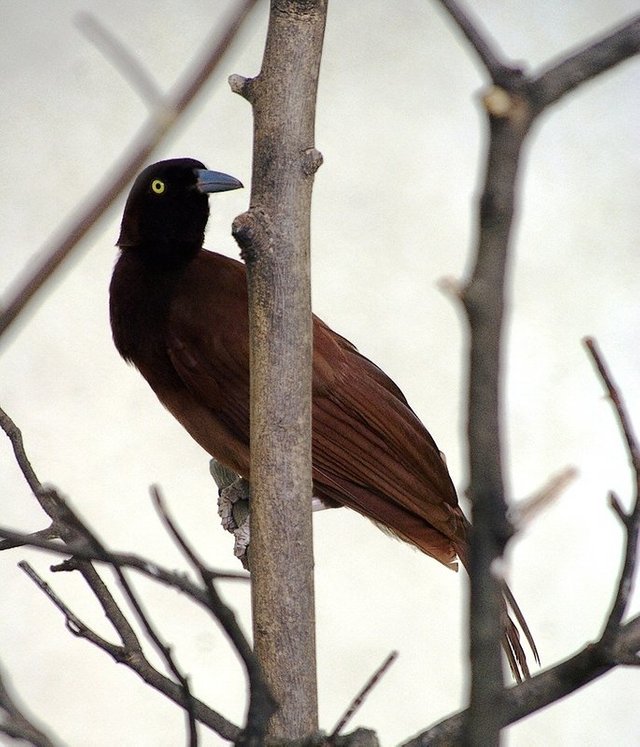
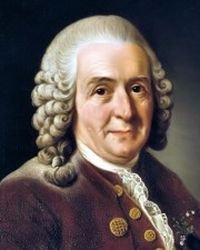
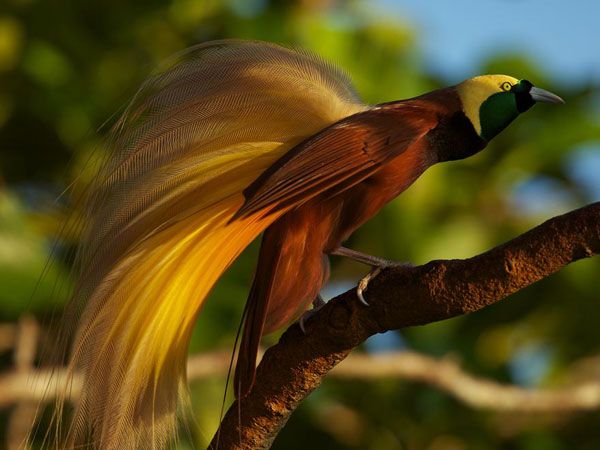
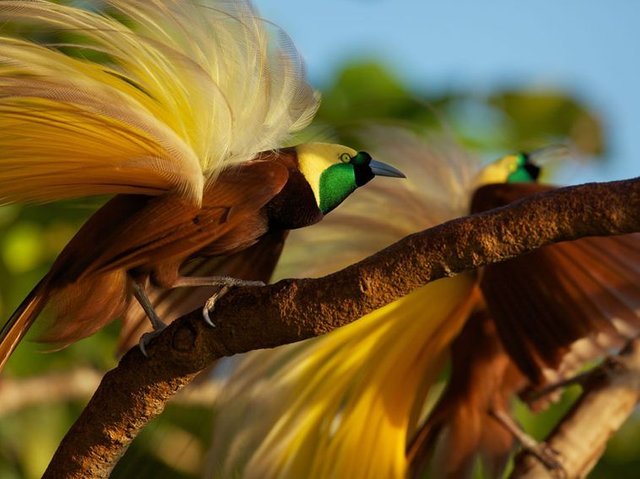
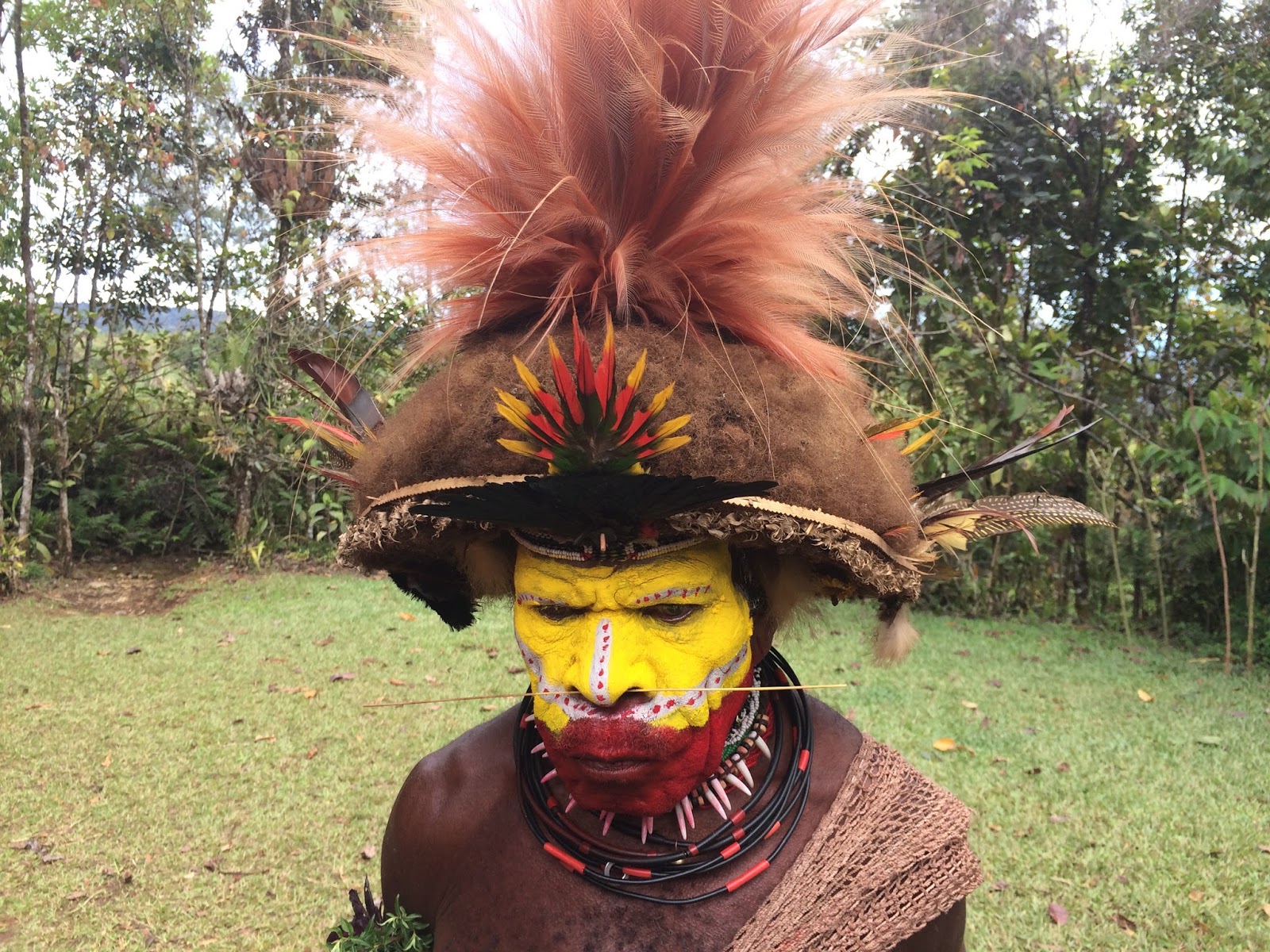
Resteemed to over 6900 followers and 100% upvoted. Thank you for using my service!
Send 0.100 Steem or 0.100 Steem Dollar and the URL in the memo to use the bot.
Read here how the bot from Berlin works. News you will find under the hashtag #resteembotnews.
Please help us grow and use our link to trade #IOTA #BTC #ETH and a lot of more. https://www.binance.com/?ref=10230705
@resteem.bot
@originalworks
The @OriginalWorks bot has determined this post by @amavi to be original material and upvoted it!
To call @OriginalWorks, simply reply to any post with @originalworks or !originalworks in your message!
awesome article dear... and the photos you shared are really beautiful...
especially the courtship rituals are really unique - thanks for sharing!
original work indeed
this is documentary
upvoted and resteemed
Good post.
You can also check this out. Science is going to another level. I hope we see more positive than its negative part
https://steemit.com/science/@lurvie-b/3-weird-science-discoveries-from-2017-vanessa
Very interesting information @amavi
Colorful birds. Intriguing nature.
Nice...
That bird deserves its name, I have never heard of it! Thanks for this informative post.